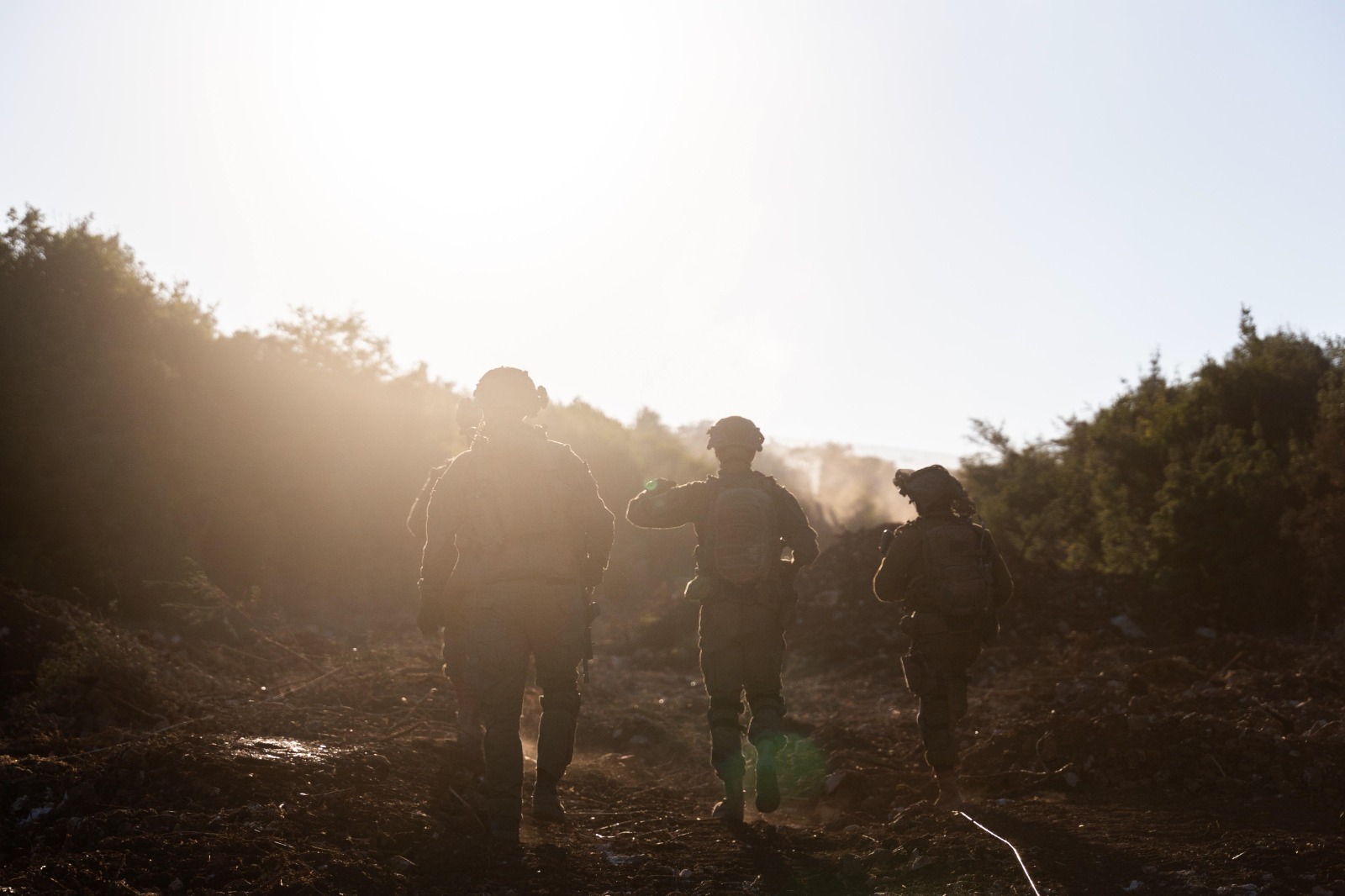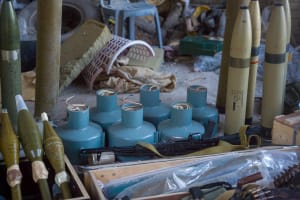Israel has spent nearly $6.7 billion to expand war against Hezbollah

The State of Israel has spent approximately $6.7 billion (around NIS 25 billion) on the expanding war with the Iranian-backed Lebanese terrorist proxy Hezbollah, according to a report on Sunday.
Hezbollah launched an unprovoked attack on northern Israel on Oct. 8 last year, one day after Hamas terrorists invaded southern Israeli border communities, killing 1,200 and kidnapped about 250 Israelis and foreign nationals.
Over the past year, Hezbollah forces have launched some 10,000 rockets, missiles and drones into Israeli territory, killing dozens of civilians and IDF soldiers. In addition, at least 60,000 northern Israeli residents have had to evacuate from their homes as a result of the ongoing Hezbollah aggression.
Following many months of largely defensive posture, the Israeli military has dramatically expanded its offensive operations against Hezbollah commanders and operatives in southern Lebanon, Beirut and the Bekaa Valley, close to the Syrian border.
In late September, the Israeli Air Force (IAF) eliminated Hezbollah’s top leader Hassan Nasrallah alongside a top Iranian general and some 20 senior Hezbollah officials in southern Beirut. While the operation required meticulous planning, the IDF estimated that the military operation took place in about 10 seconds at a cost of some NIS 25 million (almost $7 million). One week later, the IAF eliminated Nasrallah’s likely successor Hashem Safi al-Din, in a similar bunker bomb operation that cost an additional $7 million.
As of October, the Israel Defense Forces have eliminated most of Hezbollah’s top commanders, including the leaders of the elite Radwan commando force. On Oct. 1, Israel launched a military ground operation to dismantle Hezbollah as a military threat in southern Lebanon. IDF Chief of Staff Herzi Halevi recently estimated that the Israeli military has so far killed at least 1,500 Hezbollah terrorists. Israeli leaders also believe that approximately 50% of Hezbollah’s vast arsenal of rockets and missiles has been neutralized. Hezbollah is increasingly collapsing as an organized fighting force, according to Halevi.
Although Israel has noted significant military successes against Hezbollah in recent months, they have come at a financial price.
An Israeli official estimated that the recent Israeli military offensive against Hezbollah has increased IDF’s daily combat expenses from NIS 400 million ($106 million) to over NIS 500 million (about $133 million).
While Israel’s military focus has shifted toward Hezbollah in Lebanon, and preparations for a direct retaliatory attack against Iran, Israeli forces continue to battle the remaining Hamas terrorists in Gaza, incurring more military expenses and necessitating the call-up of reserve forces.

Some economic analysts believe it will not be possible for the Israeli economy to sustain two large-scale prolonged military fronts against Hamas and Hezbollah forces.
The Israeli security establishment has requested an additional NIS 220 billion ($58 billion) to cover expenses in the coming years.
Israel's Ministry of Finance has so far rejected the request, and at the same time, U.S. military aid has been delayed.
The "Nagle Committee," responsible for evaluating the defense budget for the upcoming years, recently published a preliminary report without specifying the extent of the budget increase expected to begin in 2025 and extend through at least 2030.
Israeli Prime Minister Benjamin Netanyahu and the Nagle Committee are expected to jointly bridge the gap between the Israeli military’s needs and the local economy’s capabilities, according to a Ynet News article.

The All Israel News Staff is a team of journalists in Israel.













